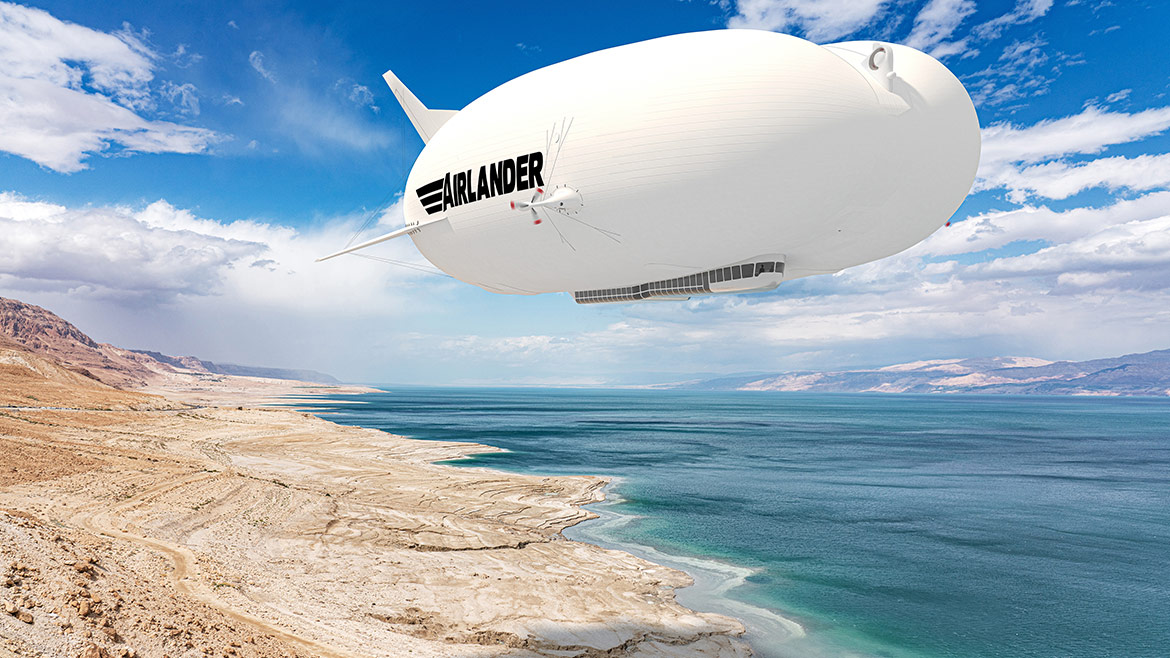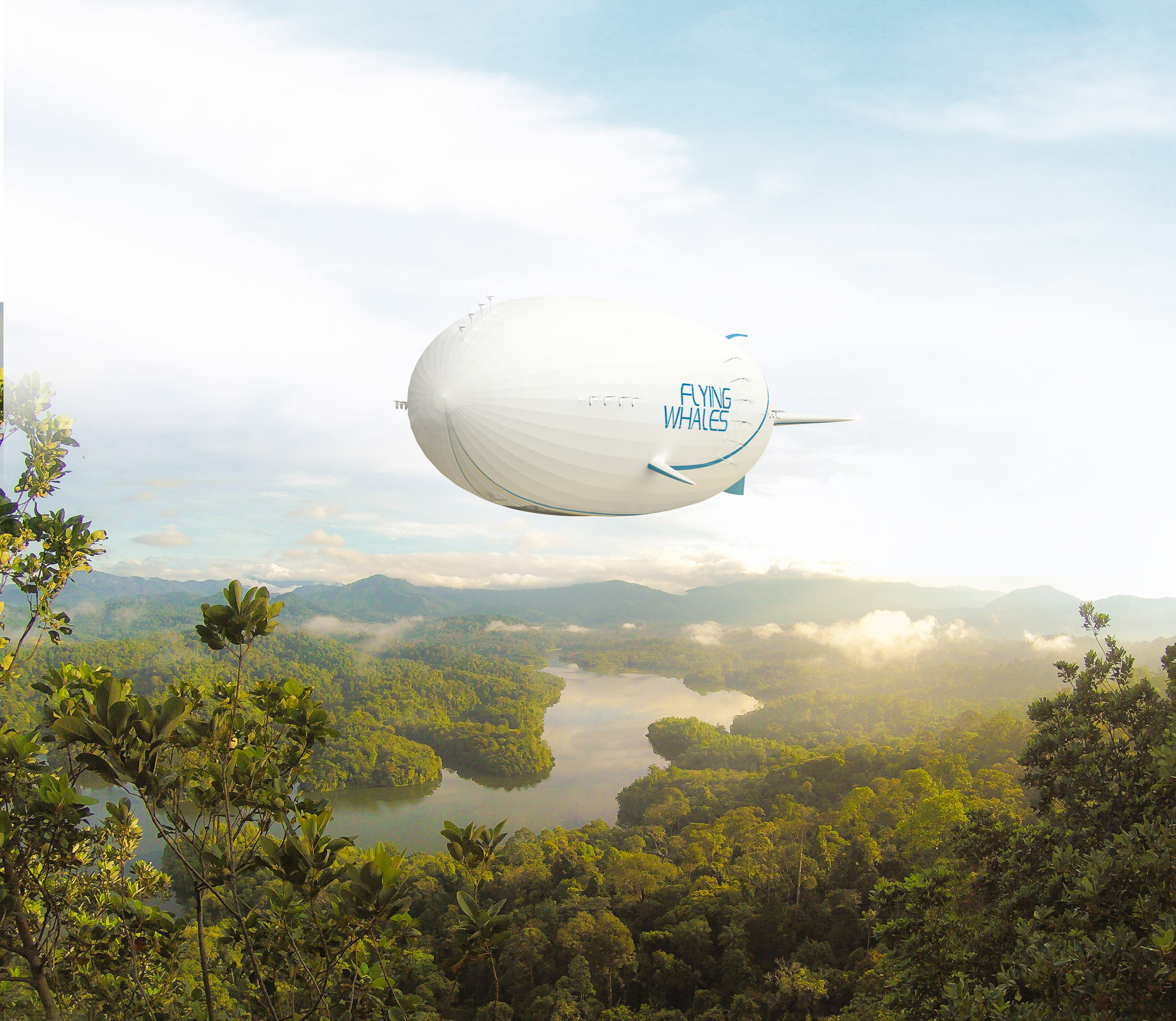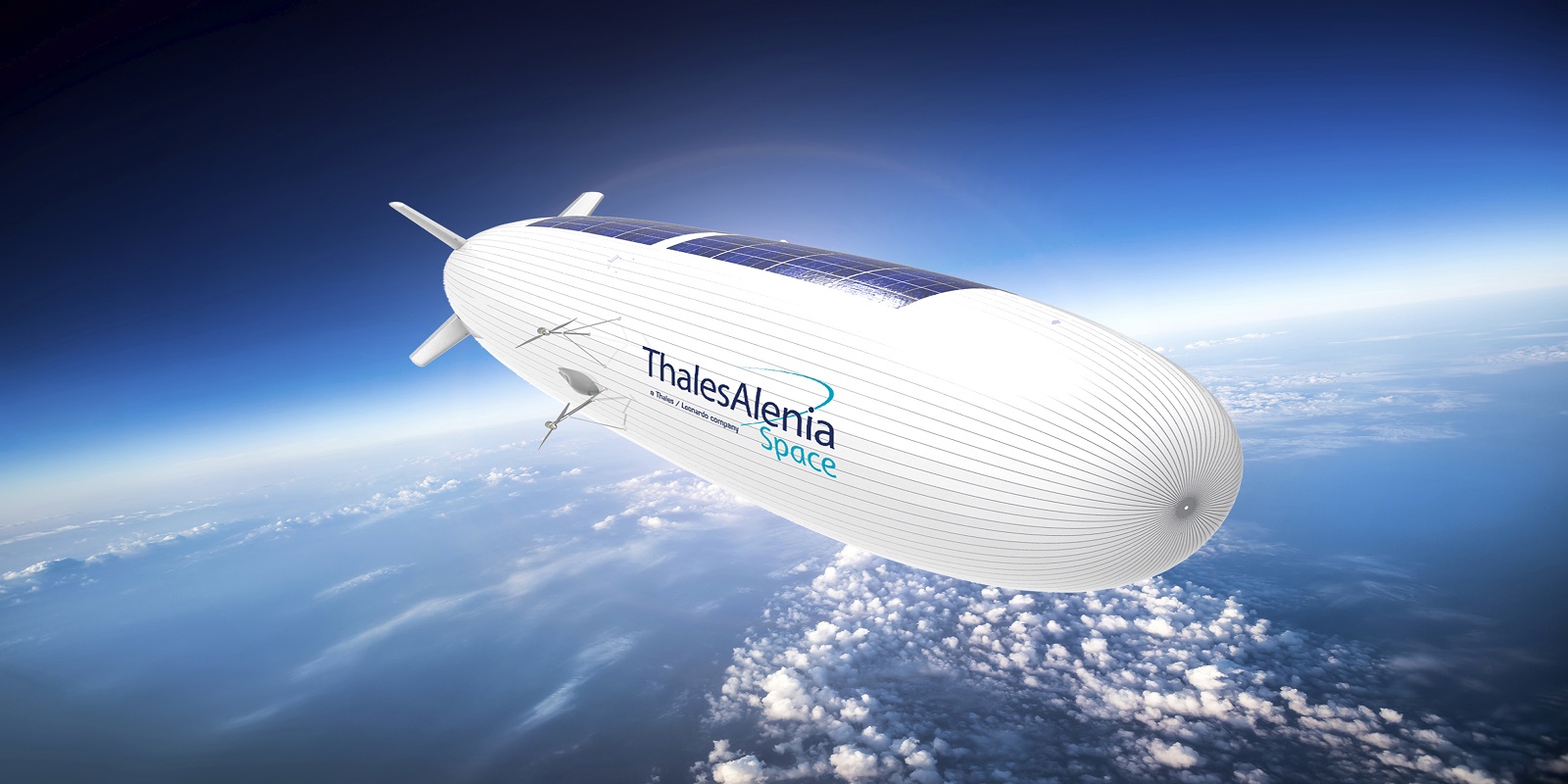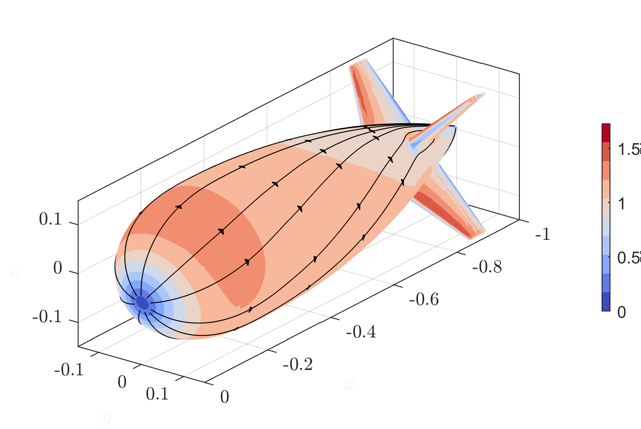As the consequences of climate change become more and more tangible, airships and their unbeatable carbon footprint are emerging as an increasingly credible alternative to air transport.
"Over the past five years, there has been a renewed interest in airships, with a great deal of research and development work," confirms Robin Le Mestre, who has just defended his thesis under the supervision of Olivier Doaré at ENSTA Paris and Jean-Sébastien Schotté at ONERA Châtillon. "This should result in regular airship operations within a few years."
In fact, the Spanish airline Air Nostrum announced at the beginning of the summer an order from the British manufacturer HAV (Hybrid Air Vehicles) for a dozen Airlander 10 airships, in order to provide connections between the mainland and the various Spanish archipelagos. The first of these could be delivered as early as 2026.
In France, the startup Flying Whales is expected to fly for the first time in 2023 a 200-meter long "skidding airship" capable of transporting 60 tons of wood from hard-to-reach forest areas, such as the Pyrenees, the Alps, Corsica or Guyana.
The latest example is Thales Alenia Space's Stratobus, an autonomous stratospheric airship positioned at an altitude of 20 km. Able to maintain their position at low cost, they can monitor borders, thwart traffickers, and also perform civil and environmental security missions (forest fires, beach erosion, monitoring fishing fleets and offshore gas emissions), or even serve as a telecommunications relay.
However, this sudden resurgence of interest in airships presupposes that all the critical parameters of this mode of transport have been mastered, in particular the question of the interaction between the airship's structure and the surrounding atmosphere, which is crucial to its flight behaviour. Because of their volume, airships are particularly sensitive to wind.
The objective of Robin Le Mestre's thesis was precisely to predict this behavior in flight through simulations by numerical computations. "The major problem concerning the simulations of airships comes from the fact that they are generally very large structures, between 100 and 200 meters long. On these scales, numerical methods of fluid modeling are difficult to implement. My thesis also had to take into account the deformations of the structure in order to see how they could disrupt the trajectories, especially in the turns."
Robin Le Mestre's thesis also made it possible to remove a number of scientific obstacles, by allowing simulations on more realistic shapes than the traditional "ellipsoids of revolution" generally used to represent flexible airships.
In terms of safety, Robin Le Mestre has also studied the risks of flutter, a potentially destructive resonance phenomenon between aerodynamic forces and the airship structure. "Without necessarily leading to breakage, flutter can have an impact on trajectory control. It is therefore a very constraining parameter in the design phase of airships, and it is important to be able to model it in detail."
With the results of this thesis, airship designers now have all the tools in hand to realistically take into account the effects of deformation of airships, and prepare in the best conditions the great return of the lighter-than-air.





